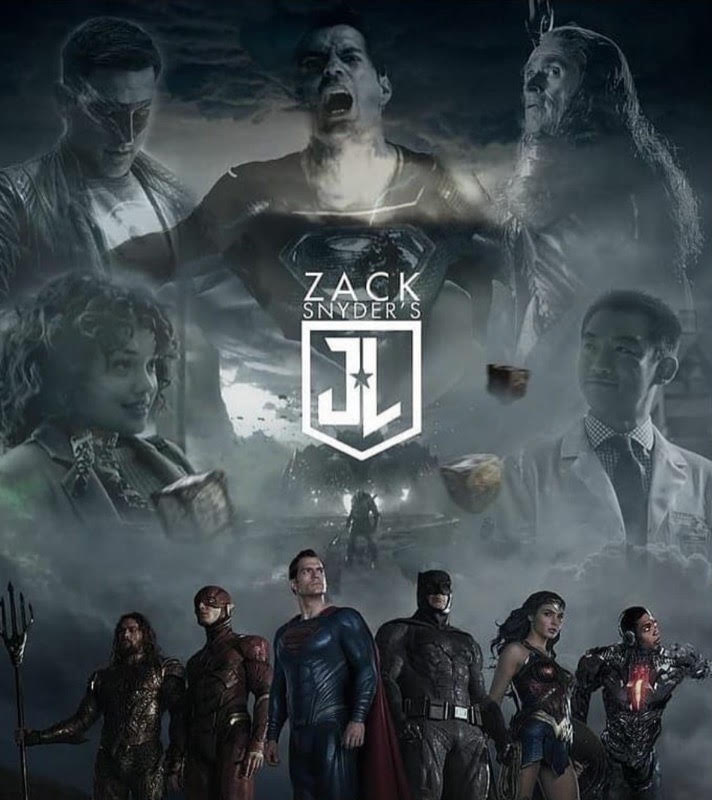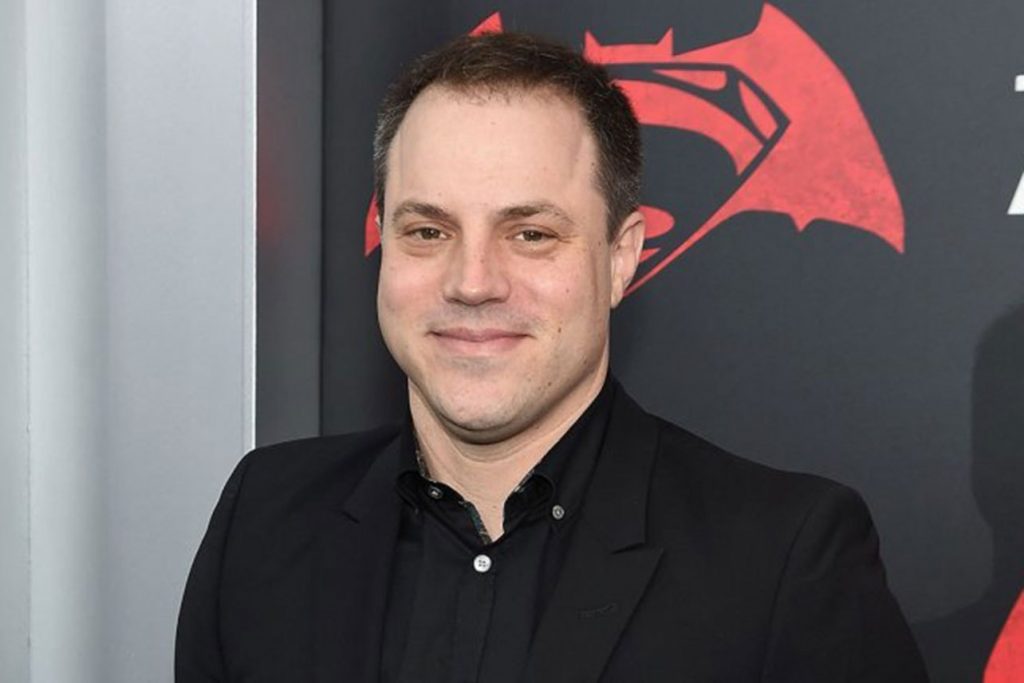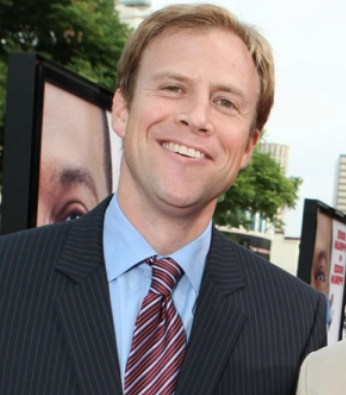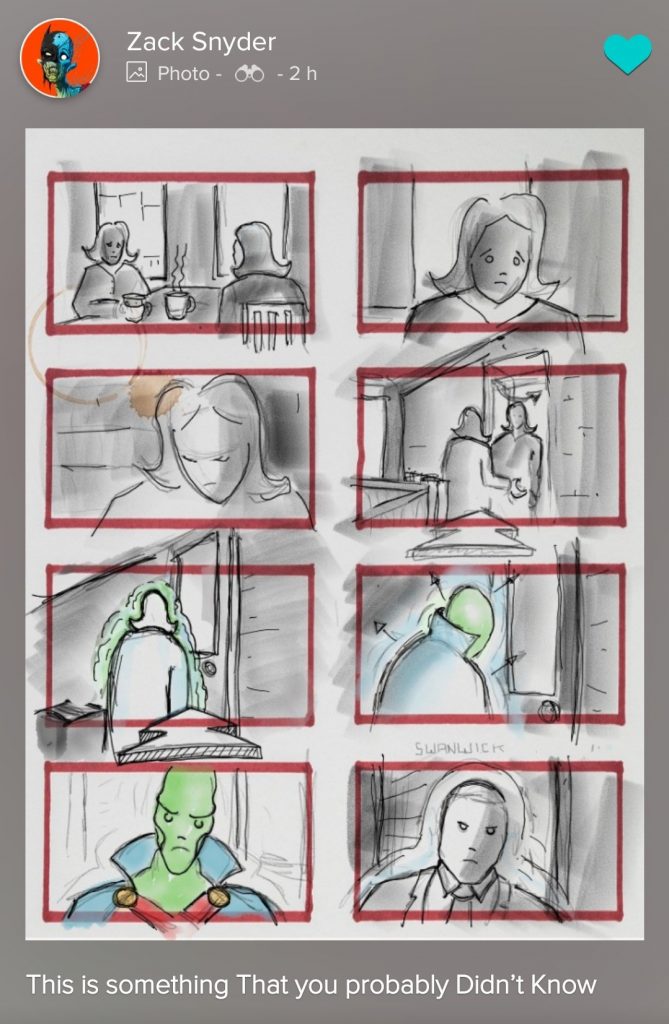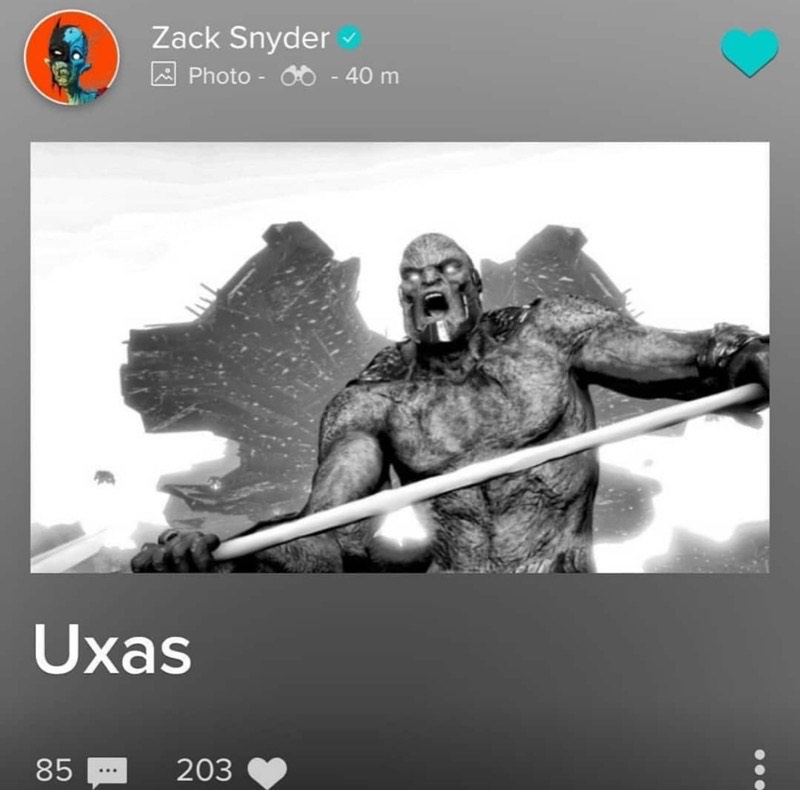Zack Snyder’s “Justice League” is Coming: But What Happened the First Time Around?
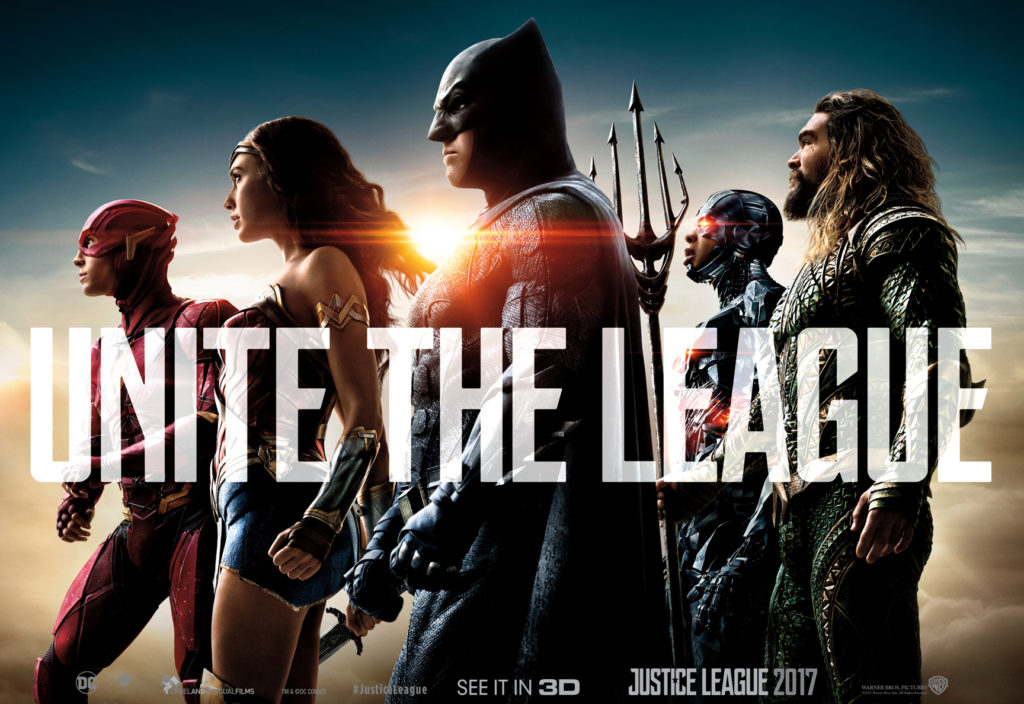
The past two months have been a whirlwind of excitement for DC fans. The announcement of Zack Snyder’s 4-hour-plus directors cut of Justice League is slated to be released on HBO Max in early-mid 2021 and will be the first of a possible series of DC directors cuts to hit the streaming service. Snyder’s film was the first to gain traction and ultimately be brought back to life for the streaming platform. The superhero team-up film was famously reshot, recut, and reworked to become a shell of itself by a completely different director in a misguided attempt to maximize box office take. Zack Snyder is now getting the chance to finish the film, the way he intended it to be, no compromises.
Fan or not of director Zack Snyder’s films (300, Watchmen, Sucker Punch, MOV, BVS), this is undeniably one of the most interesting behind the scenes stories about a film that never was. If you know anything about George Miller’s Justice League: Mortal (2009), Richard Donner’s Superman 2 (1980) or even David Ayer’s Suicide Squad (2016), you know that there can be ‘a lot’ of background drama and decision making going on behind the scenes.
So now let’s take a look at what exactly happened to this now infamous film that has yet to see the light of day.
It all started in spring of 2016…
…a simpler time…
….a time above…
…a time before…
Snyder moves onto the production of the Justice League film almost directly after the Batman v Superman: Dawn of Justice press tour finished in April 2016. Roughly one year after filming began, Snyder experienced a tragedy in his immediate family. He had lost his adoptive daughter, Autumn Snyder, to suicide. Grief-stricken, this led him to ultimately leave the colossal Warner Bros. project in early spring of 2017 (8 months before its theatrical release). Deborah Snyder, Zack’s wife, who has been on as producer for every one of his films since 300 (2006) also left the production of JL. The leave of absence was more than understood by the cast and crew. Snyder confirmed that he had essentially finished filming with only additional scenes remaining to be shot. It seemed like a majority of his work was done when they left, rest being unfinished VFX, editing, and sound. However, prior to his departure, the film was shown to WB executives with lukewarm enthusiasm and some nervous finger biting.
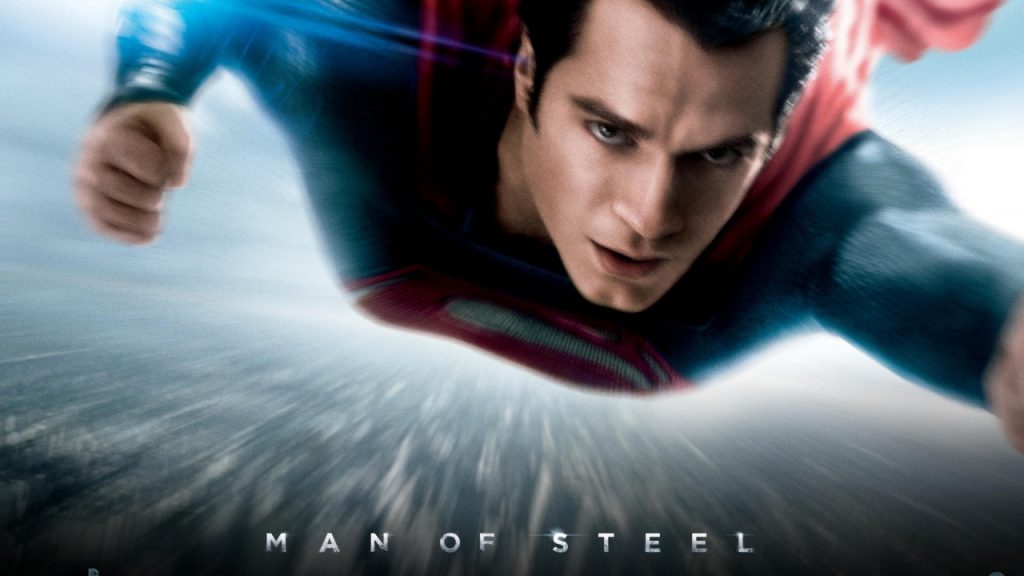
After the so-so reception of Man of Steel and downright poor critical reception of Batman v Superman, executives were wary of another film with a similar tone and style doing any better at the box office. Even though the critical reception was poor, both films had garnered incredibly loyal fanbases over the years. These massive groups of fans later became an intricate part of getting the original cut of JL released to HBO Max. Their original response to BVS may also have been a contributing factor to why the BVS: Dawn of Justice Ultimate Edition was released following a less than stellar box office take.
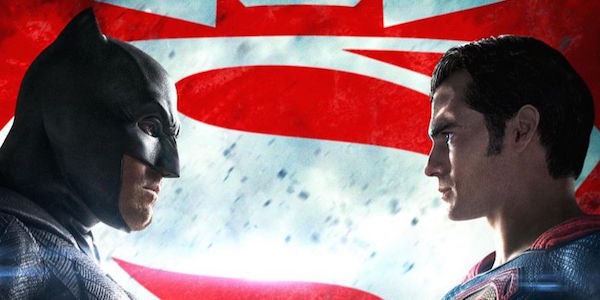
You couldn’t categorize these films total box office as a flop by any means but both films did underperform (MOS – 668mil & BVS – 873.6mil), severely. They were thought to be strong contenders for Marvel’s summer tentpoles (The Avengers – 1.5bil & Avengers: Age of Ultron – 1.4bil). These DC properties could very well have set multiple box office records if the reception was not nearly as divided when first released.
Warner Bros. Makes A Decision
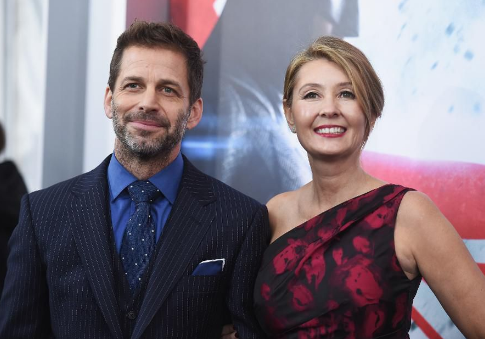
In a last-ditch effort to increase their chances of a box office hit and muster up some above-average critic reviews, they hired director Joss Whedon (Avengers/Age of Ultron) to help ‘finish’ the film. He was brought on as both a writer/director and was approved by Zack and Deborah Snyder while they left to mourn the loss of their daughter. What was originally supposed to be Whedon finishing up 2-3 weeks of ‘additional scenes’ turned into 2-3 months of reshooting approx. 80-90% of the total film itself (according to original cinematographer Fabian Wagner). In an interview during summer 2019, Wagner spoke out about the work he did on the film;
“I did the principal photography for Zack. We finished shooting and he started editing,” Wagner said. “We did the color grading for the trailers. So the first three trailers were all things we shot. Then they started reshoots. I wasn’t there. It was a completely different team. They reshot 55 days, I think. The movie that was in cinemas was 10 percent of what we shot. Everything else is a reshoot.”
When thinking of who actually made this happen, Joss Whedon may not be directly to blame here, he is just one of many who essentially took over the production. Almost everything he added to the film did not fit with the original tone that had previously been established. He was brought on to ‘lighten the mood’, essentially changing the tone of a film that was already completed. DC big-wigs Geoff Johns (Chief Creative Officer at the time) and Jon Berg (Vice President of Warner Bros.) have been named as the two who enabled Whedon to have full control while directing the reshoots.
Below is a photo of Johns (left) and Berg (right).
The executives completely misread the situation in this regard. They wanted more and more changes as the second production dragged on only mere months before releasing in theaters. WB did have the legal rights to make all of these changes in production, but in no way does it make it normal or necessary. There have been movies that were completely re-edited or majorly reshot that turned out fine like Rogue One, Thin Red Line or Ferris Bueller’s Day Off. These types of movies are obviously few and far between and are usually changed under the original directors orders.
Upon release in November 2017, Justice League was steadily picked apart by critics. After going in to the see the film, it was quite obvious what scenes were reshot and what was Snyder’s original work. The biggest mistake WB executives made was reshooting exact scenes that were done months earlier. The first trailer (below) showed countless scenes that were later reshot or recolored for the theatrical release. The original shots were either brightened/filtered or completely redone with half the budget and a green screen background for nearly every close-up of a character in the film
The first trailer was released in July 2016 at San Diego Comic-Con. When the theatrical version came out in Nov. 2017, it was almost too easy to realize what had been done behind the scenes. No one truly knew the level of involvement the studio or Joss Whedon had on the film before it was released. The end result was a vast majority of scenes that were badly lit with poor CGI and filled with cheesy, forced dialogue. Even lead actors seemed to look uninterested and not even physically ready to portray their character again.
Main Issues With The Reshoots
The scheduling of certain key actors was incredibly difficult to pull off on such short notice. Since some were only originally coming back in a much smaller capacity. Henry Cavil (Superman) had already begun filming Mission Impossible: Fallout (2018), growing a mustache specifically for his role. When it was time for the ‘additional scenes’ of Justice League, it quickly turned into basically remaking the whole film. Cavil was still under contract with Paramount to keep the mustache/hair for any continued filming for MI: Fallout. This quickly became a major problem for Justice League reshoots.
And that whole debacle led us here, you’ve most likely seen it already. The infamous CGI mouth that was placed over Henry Cavil to hide…a mustache. Average moviegoers may have looked at this in the theater thinking ‘huh Cavil looks a lot like Hugo Weaving for some reason’ but may not have thought too much after that or realized what was actually going on.
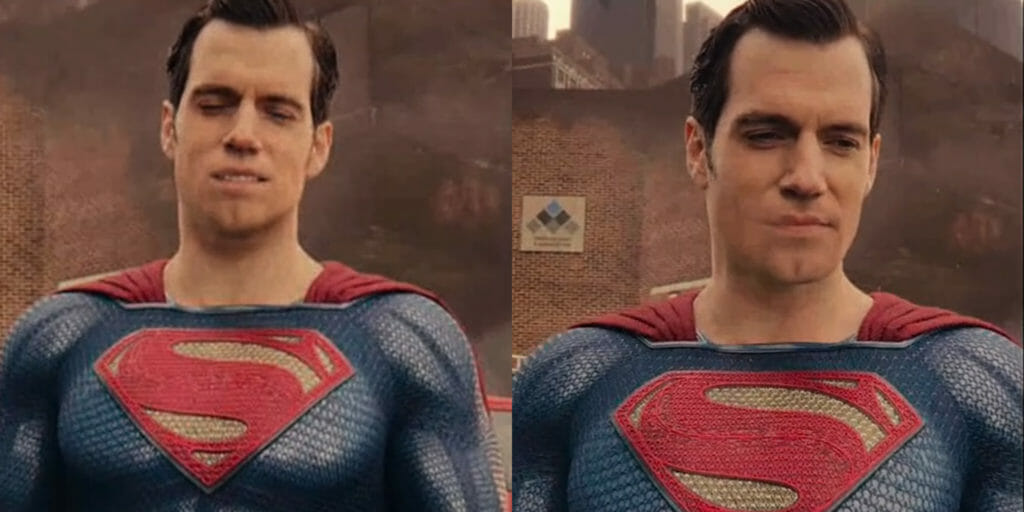
Warner Bros. spent millions of dollars to use CGI to mask the mustache in countless scenes throughout the movie. It could not have been more obvious, or hilarious than it already was upon release. Again, let’s not blame the companies employed to do the CGI for those scenes. This was so far into production that the film was releasing in just a matter of months. There wasn’t any time to get this done well to begin with!
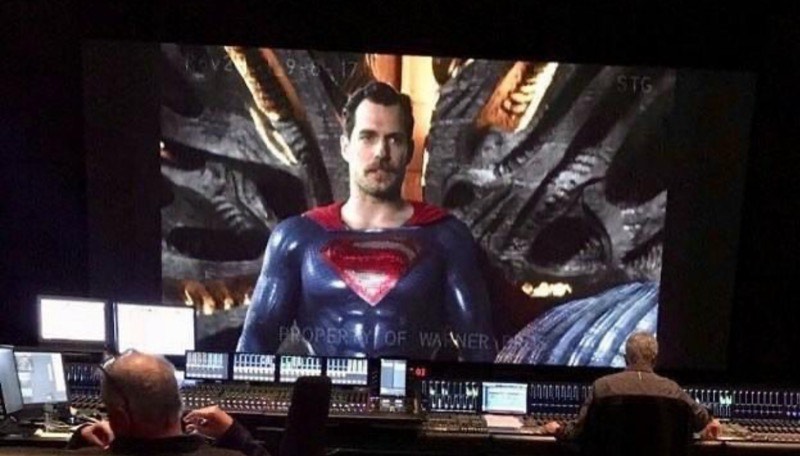
The next issue was with Ben Affleck clearly not being in shape for the role during reshoots. After showing up in Batman V Superman as a bulked up, weary & ultimately grittier take on the bat, he was eventually bogged down in Justice League by badly done reshoots and generic writing that led to a complete turnaround in personality.
Just like Ben and Henry, practically every other lead in the movie had major scenes cut and replaced by mostly close-ups that easily showed changes in weight/hairstyle from scene to scene. It’s a little hard to get emotionally invested in a story when Ben Affleck is consistently losing and gaining 20 pounds. Some of the lead cast even refused to read certain lines or perform certain acts on camera feeling they were inappropriate and unnecessary. The rest of the issues lie within irregular camera work, excessive color grading, and an unnecessary use of CGI during the third act of the film (okay, there was probably going to be an unnecessary amount of CGI anyway).
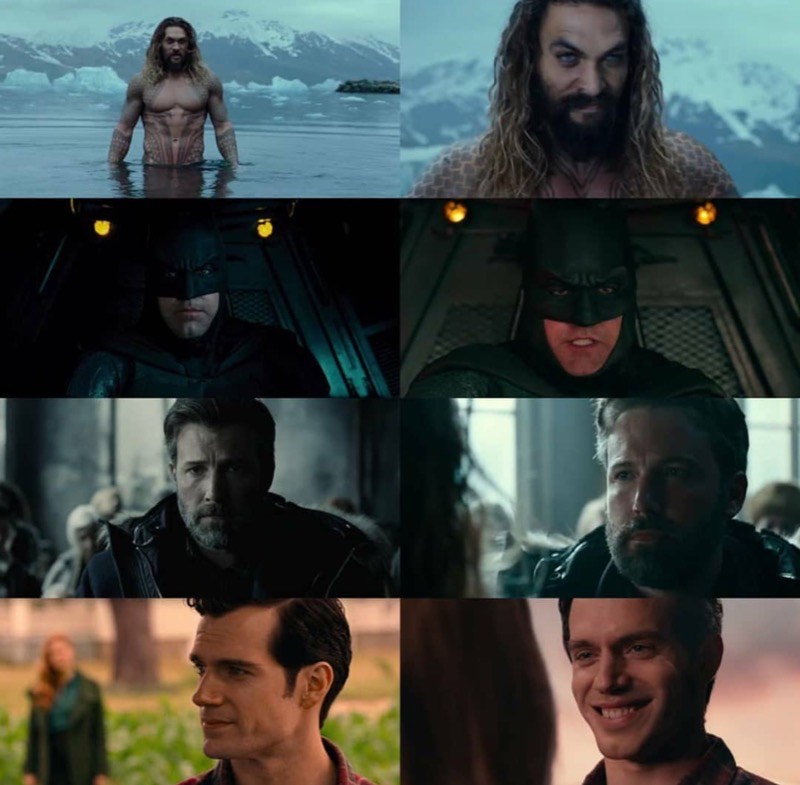
The movie that came out undeniably has its moments and wasn’t a complete failure (total gross ~659mil). But there is a version out there that is arguably much more consistent in tone, action, and writing. It is telling that many of the most memorable scenes from JL are from what little Snyder footage we actually got.
Fast Forward To Present Day
After years of fandom behind this director’s cut, Warner Brothers finally met with Snyder and presumably discussed the possibilities of releasing it. It was officially confirmed on May 20, 2020 during a live stream of the director’s previous DC film, Man Of Steel. Actor Henry Cavil dropped in before Snyder unveiled the promotional poster to everyones surprise for the HBO Max release.

When this all first happened the actors, unfortunately, couldn’t talk much about the original cut at all while being under contract. Years went by before Snyder himself actually confirmed the cut was real. Cast and crew are now speaking up about their experiences on the set of Justice League with Joss Whedon.
After leaking images on his main social media platform (VERO) for years, he slowly built up excitement for his cut. Fans formed petitions, created social media accounts, put up billboards and even raised over $150k for Suicide Prevention over the years in support of Snyder and his original vision.
One of the most notable pictures was when he posted the actual reels of footage of his directors cut with text reading;
“Is it real? Does it exist?
Of course it does.“
– Zack Snyder
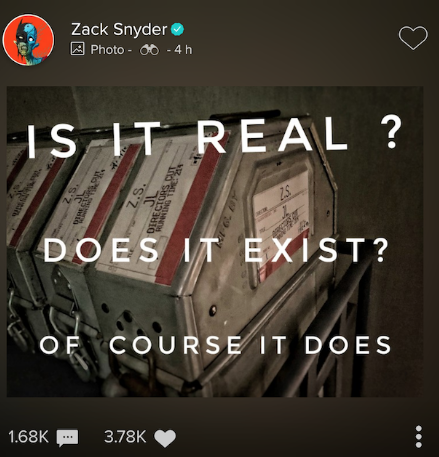
The hashtag #ReleaseTheSnyderCut went on to became the most tweeted hashtag for an unreleased movie. Now that the time is right, WB is going to release the film so we can all subscribe to HBO Max for at least a month! This really is a win-win for everyone involved but even more so for WB. They are essentially cashing in on the same movie twice as a vast majority was shot and paid for years ago. The theatrical still made a profit, just nowhere close to what was expected.
Recent reports are now pointing at David Ayer’s directors cut of Suicide Squad potentially getting released as well. There is even a campaign starting up on getting a Joel Schumacher directors cut of Batman Forever that TCN reported on this weekend.
It is great to finally see these talented directors and actors start to get closure for all of the hard work they put into these roles to make them so beloved. There are rumors spiraling around about Ben Affleck reprising his role as the Bat in his own standalone for HBO Max. There is also strong potential for Henry Cavil and Ray Fisher (Cyborg) to step back into their roles for future cameos.
Below are some shots from the BTS of Justice League showing scenes that were cut from the theatrical release.



No matter how this film turns out, we can all agree that it’s great to see a director have be able to have their original story/vision realized after having it severely tampered with. HBO Max has been rumored to be paying north of 30 million for Snyder to essentially finish and rework his film into what it was original intended to be. He is having the CGI updated as well as restoring the score from whatever it is that Danny Elfman was going for to the original score composed by JunkieXL. Snyder has admitted that he had to make a lot of compromises when filming Justice League. This film will involve no major studio intervention and will most likely include what would have been deleted and/or alternate scenes to further flesh out the characters. Other changes like switching the scene order, re-dubbing of dialogue, and the possibility for more scenes to be shot just go to tell you how much this movie was fiddled with.

The main villain of the story, Steppenwolf who was voiced by Ciaran Hinds will have a completely different design. You can also count on there being multiple scenes including characters and storylines that were completely cut out of the theatrical version. Some of those characters include comic book royalty like Darkseid (voiced and motion capture performed by Ray Porter), Ryan Choi/The Atom (portrayed by Orion Lee), Vulko (portrayed by Willem Dafoe) and Martian Manhunter (Portrayed by Henry Lennix who previously starred in MOS & BVS as General Swanick). All of these characters were never seen or heard from in the theatrical cut of the film. Both actors spoke out when HBO Max announced Zack Snyder’s Justice League, expressing excitement and gratitude for being given a second chance to show their work to the world.
Here is a storyboard of a scene involving Martian Manhunter and a pre-visualization of Darkseid, an almost exactl replica of the shot we got of Steppenwolf in the theatrical release.
And don’t worry, there will be even more scenes with all the great lead actors; Ben Affleck (Batman), Henry Cavil (Superman), Gal Gadot (Wonderman), Jason Mamoa (Aquaman), Ezra Miller (The Flash), Ray Fisher (Cyborg), Jeremy Irons (Alfred) and Amy Adams (Louis Lane).
The director’s cut will release next year on HBO’s newest streaming platform HBO Max that became available on May 27th.. The feature film may be over 4 hours long with talk of it possibly being turned into a multi-part series. Snyder is quoted saying; “It will be an entirely new thing” when referring how different his cut will be compared to the theatrical version.
“It will be an entirely new thing…
…you probably saw one-fourth of what I did”
Zack Snyder told The Hollywood Reporter
It seems like the pictures released on Vero were just the tip of the iceberg. Be on the lookout for Zack Snyder’s Justice League in 2021, only on HBO Max.


